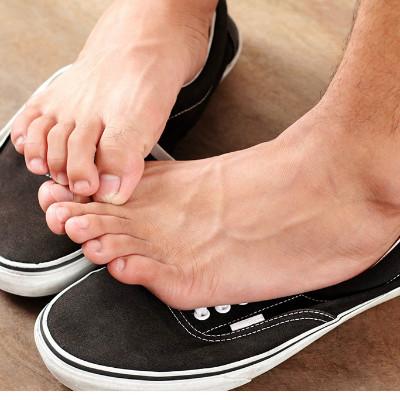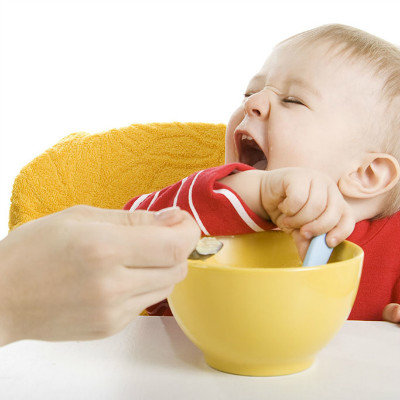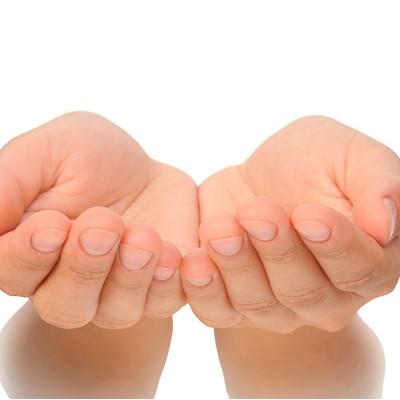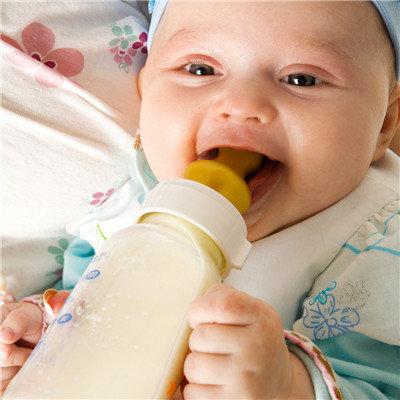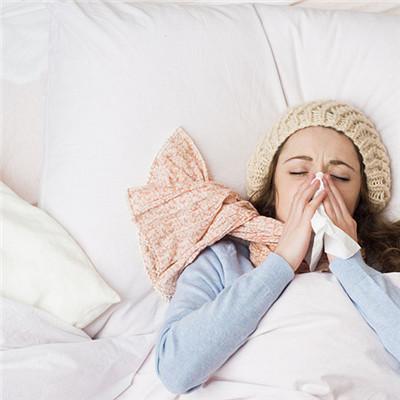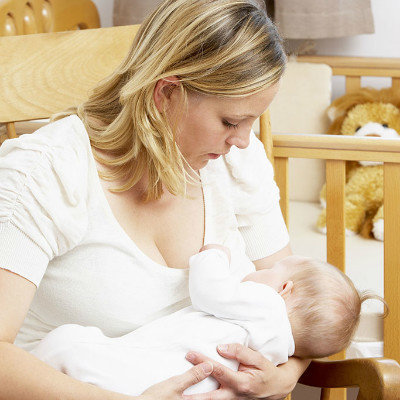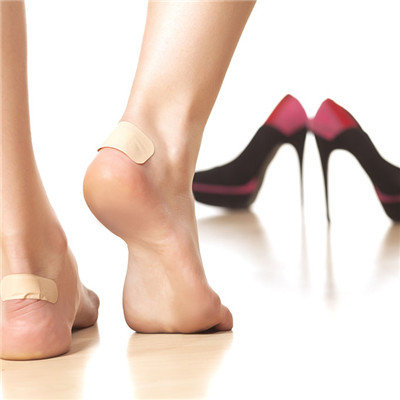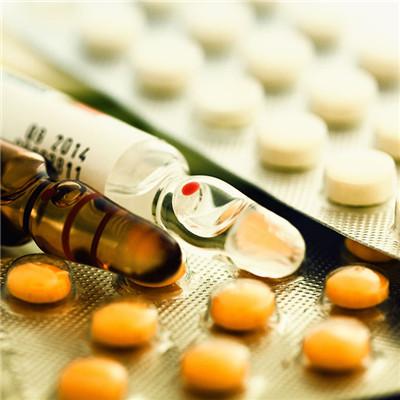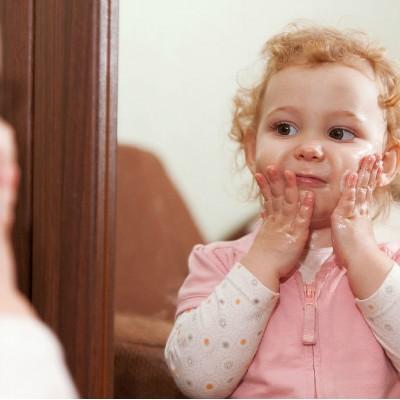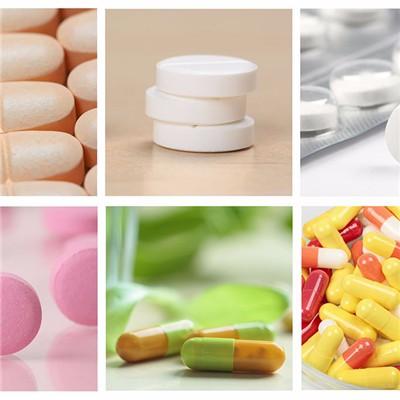How to treat kidney stone
summary
At present, the disease of kidney stone is very common in our country. The medicine of our country is getting better and better, and the development is relatively fast, so the disease of kidney stone can be treated. The kidney stone is at the junction. It's stuck inside. The stone is solitary. It can also be multiple, with different sizes. The small one is like sand, the big one can fill the whole kidney. Small stones will come out, large ones need surgical treatment, kidney stones stuck will urinate blood can be seen with the eyes, with the machine can observe red blood cells. Next, let's talk about how to treat it.
How to treat kidney stone
First: the disease of kidney stones, stones can be small without surgery, you can drink a lot of boiling water, follow the doctor's advice with some drugs, so that the kidney spasmolysis pain. We should drink more boiled water, ensure the excretion of urine every day, have reasonable food, change bad habits, strengthen exercise, and let the stones out. We can treat small stones with traditional Chinese medicine and Western medicine, and use some metabolic drugs according to the doctor's advice. Don't use medicine blindly.

Second: Patients with kidney stones can use extracorporeal shock wave lithotripsy to break the stones and make them smaller, and then the urine will come out. Those with urinary tract infection can't use this method, and pregnant women can't do it. After that, they should drink a lot of boiled water and pay attention to rest.

Third: kidney stones are relatively large to surgical treatment, can directly take out the stone, can also use surgery to take out the stone, after surgery to pay attention to rest, reasonable diet, do not eat stimulating food, pay attention to observe the patient's vital signs, what is not comfortable, as soon as possible to see a doctor.

matters needing attention
Patients with kidney stones will have hematuria, infection, pain, hematuria, frequent micturition and painful micturition in patients with infection, fever, pyuria and uncomfortable symptoms in severe patients.

